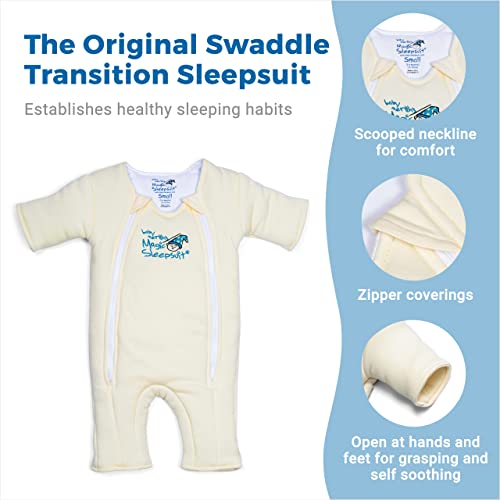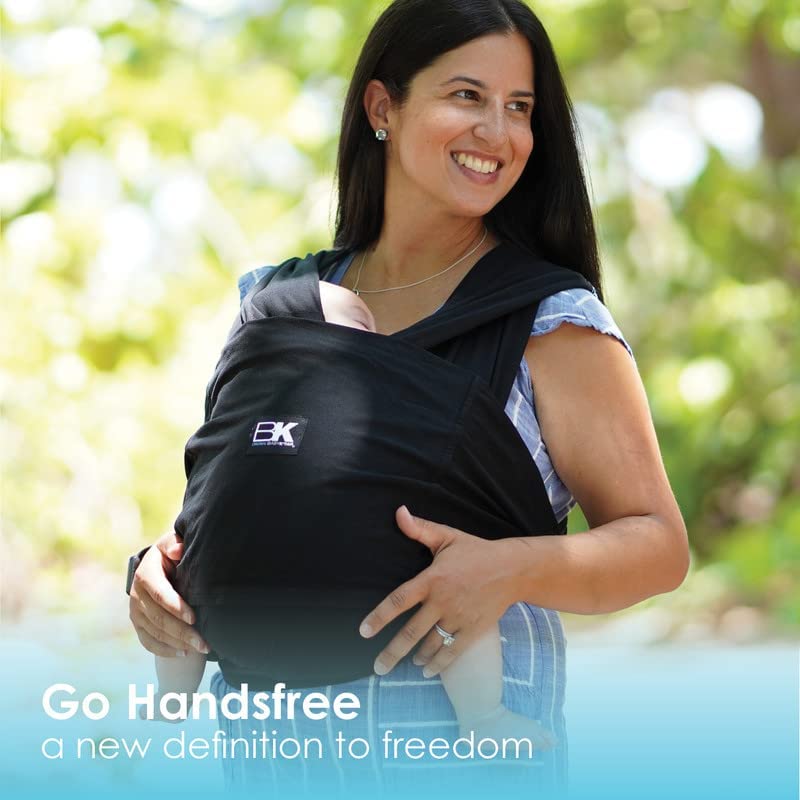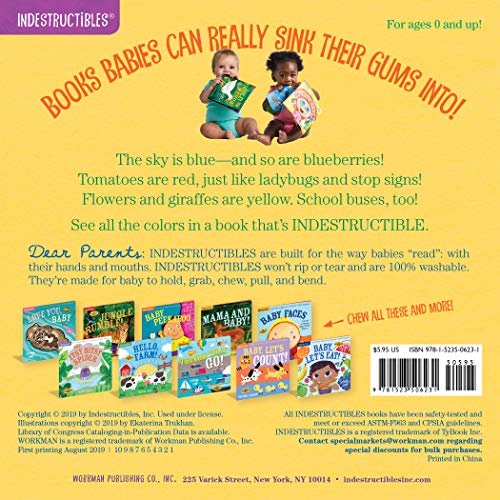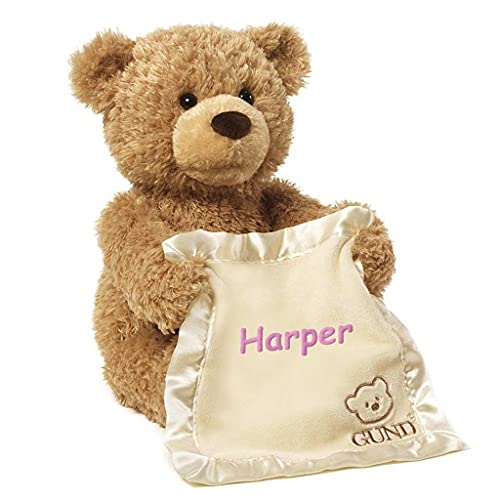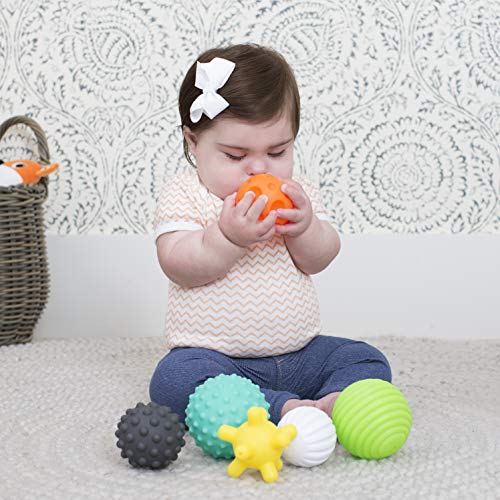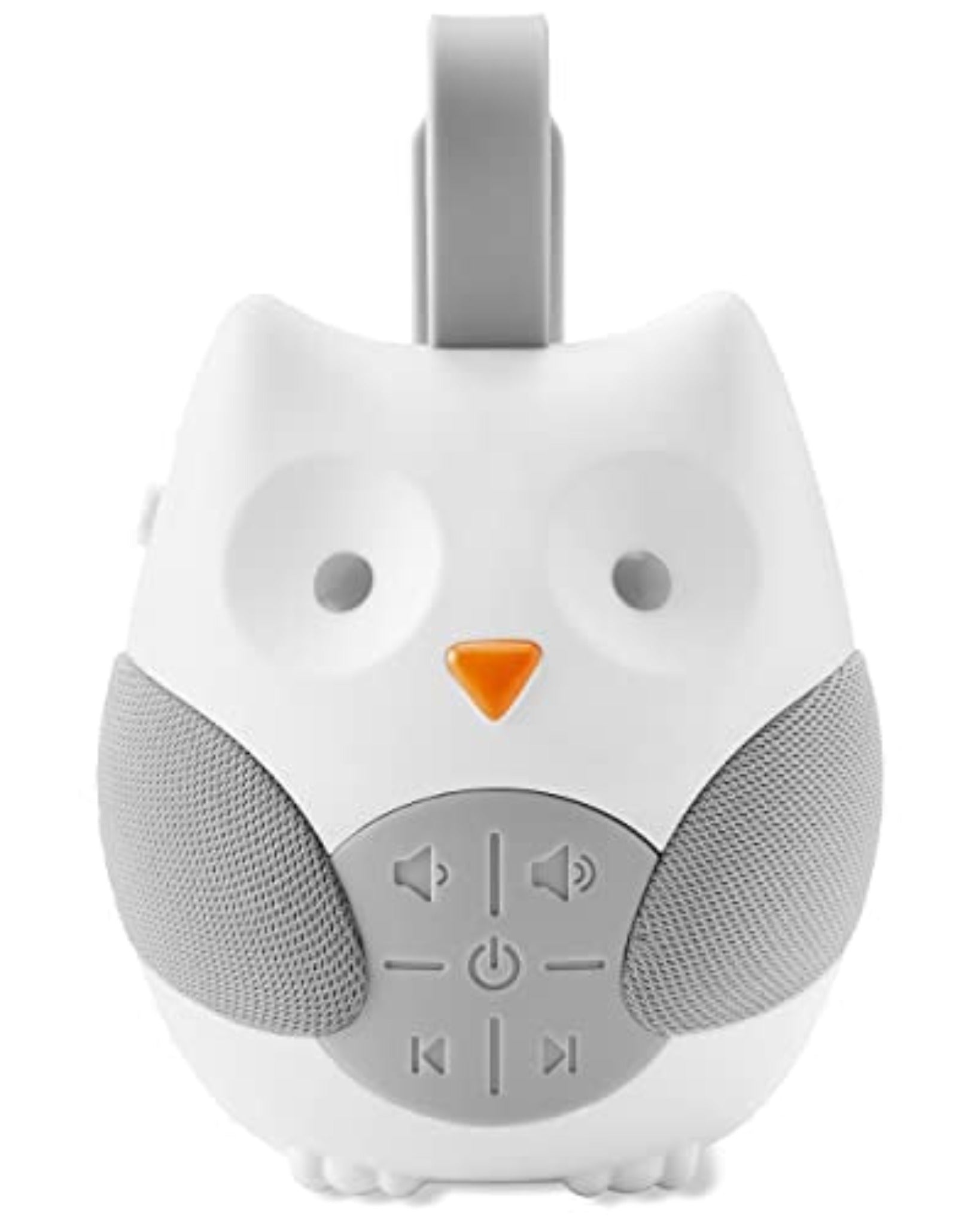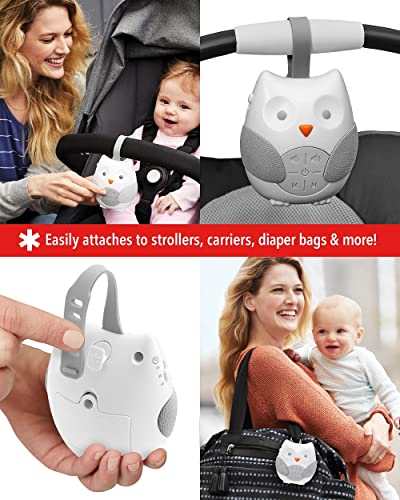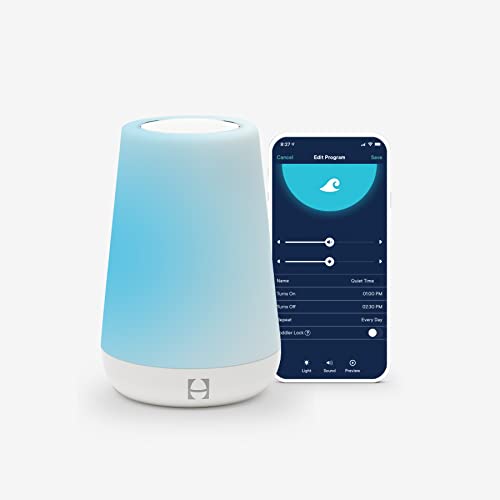
Best Toys for Babies 6-9 Months
At this stage, your baby is now more mobile, and solid foods will have opened a whole new messy and fun world of sensory exploration. And not only that, by the time your baby is about 8 months old, she'll start to understand an important concept: that favorite toys, people and other things still exist even when they're not in plain view. That is called object permanence, and it represents a huge leap in your baby’s thinking. Cue in plenty of peek-a-boos! There are simple things you can do to help your baby thrive—explore brain-building toys across 5 key development areas.
6-9 Months Social & Emotional Development
Your baby is starting to show preferences when it comes to people—and her primary caregiver is usually number one!

6-9 months Social & Emotional
Milestones
- Your baby is starting to experience 'stranger danger'—she is shy, clingy, or fearful around strangers
- Able to show several facial expressions, like happy, sad, angry, and surprised
- Looks up when you call her name
- Reacts when you leave (looks for you, reaches for you, or cries)
- Smiles or laughs when you play peek-a-boo

6-9 months Social & Emotional development
How You Can Help Your Baby Thrive
- Play games such as my turn, your turn by passing a toy back and forth.
- Ask for behaviors that you want such as say “time to sit" instead of saying “don’t stand”.
- Give a quick and cheerful goodbye instead of sneaking away so your baby knows you are leaving, even if he cries. She will learn what to expect and to calm herself. Let her know when you return by saying “Mommy's/Daddy’s back!”
- Have routines for feeding and sleeping. Babies do better with predictable schedules and regimes.
- Stay close by as your baby explores and moves around your home so she feels comfort in knowing you are near.
- Pay attention to the way she reacts to new situations and people; continue to do things that make your baby happy and comfortable.
- Sit next to your baby and enjoy your meals together. It's an opportunity for your baby to learn about what it means to experience eating meals and that it's done while sat down. It's also an opportunity to bond with the rest of the family. When your little one starts eating solids, it's time to get a high chair —it's not only practical but also reduces choking-risk, encourages self-feeding and promotes independence and confidence in babies.
6-9 Months Language & Communication Development
Your baby's babbling is starting to sound more like real words. You may hear attempts for mommy or daddy among other words. Studies show that when using sign language from around 6 months old, babies can understand their parents and caregivers, and can start to sign back when they’re 12 months old. This allows parents and caregivers to be able to understand what their child wants and needs early on in life, reducing some of the frustrations felt by both.

6-9 months Language & Communication
Milestones
- Makes many different sounds like “mamamama” and “bababababa”.
- Lifts her arms up to be picked up.
- Begins to use gestures, such as pointing and waving
- Starts to understand simple commands, such as "come here"
- Begins to say their first words, such as "mama" and "dada"
- Engages in "conversations" with others, taking turns making sounds and responding to others' sounds

6-9 months Language & Communication
How You Can Help Your Baby Thrive
- “Read” to your baby—it doesn't need to by word for word, you can point at the pictures, name them and talk about them.
- Limit screen time (TV, tablets, phones, etc.) to video calls with loved ones. Screen time is not recommended for children under the age of 2 years. Babies learn by talking, playing, and interacting with other people.
- Describe what your baby is looking at such as “red, round ball.”
- Use your words, facial expressions, and voice to show what you think your baby is feeling. For example, say to her “You are upset, let’s see if we can make you feel better.”
- At 6 months you can also consider introducing baby sign language to your routines around diaper changes, eating, sleeping and more.
top list
Baby Toys for 6-9 Months Language and Communication Development
Check out the full collection here.
6-9 Months Cognitive Development
By the time your baby is about 8 months old, she'll start to understand an important concept: that favorite toys, people and other things still exist even when they're not in plain view. That is called object permanence, and it represents a huge leap in your baby’s thinking.

6-9 months Cognitive
Milestones
- Looks for objects when dropped out of sight (like his spoon or a toy)
- Is banging two things together
- Crawling or moving around independently
- Responding to simple instructions, such as "come here"
- Playing with objects in different ways, such as banging, shaking, and throwing
- Using gestures to communicate, such as waving or pointing

6-9 months Cognitive
How You Can Help Your Baby Thrive
- Play peek-a-boo, for example cover your head with a cloth and see if your baby pulls it off.
- Play a game of dumping blocks from a container and putting them back in together.
- When your baby drops things, make it into a game—hand the item back to her so she can drop it again.
- Play a game that teaches your baby to look for things she sees you hide, such as a toy under a pillow.
6-9 Months Motor Development
At this age, your baby will be able to go from being horizontal to getting into a sitting position. She'll also be able to move things such as toys from one hand to another.

6-9 months Motor Development
Milestones
- Able to get to a sitting position by herself and sit without support.
- Able to move things such as toys from one hand to her other hand.
- Uses her fingers to “rake” food towards herself.
- Crawls on hands and knees
- Pulls up to stand with support
- Begins to cruise (walking while holding onto furniture)
- Begins to develop pincer grasp
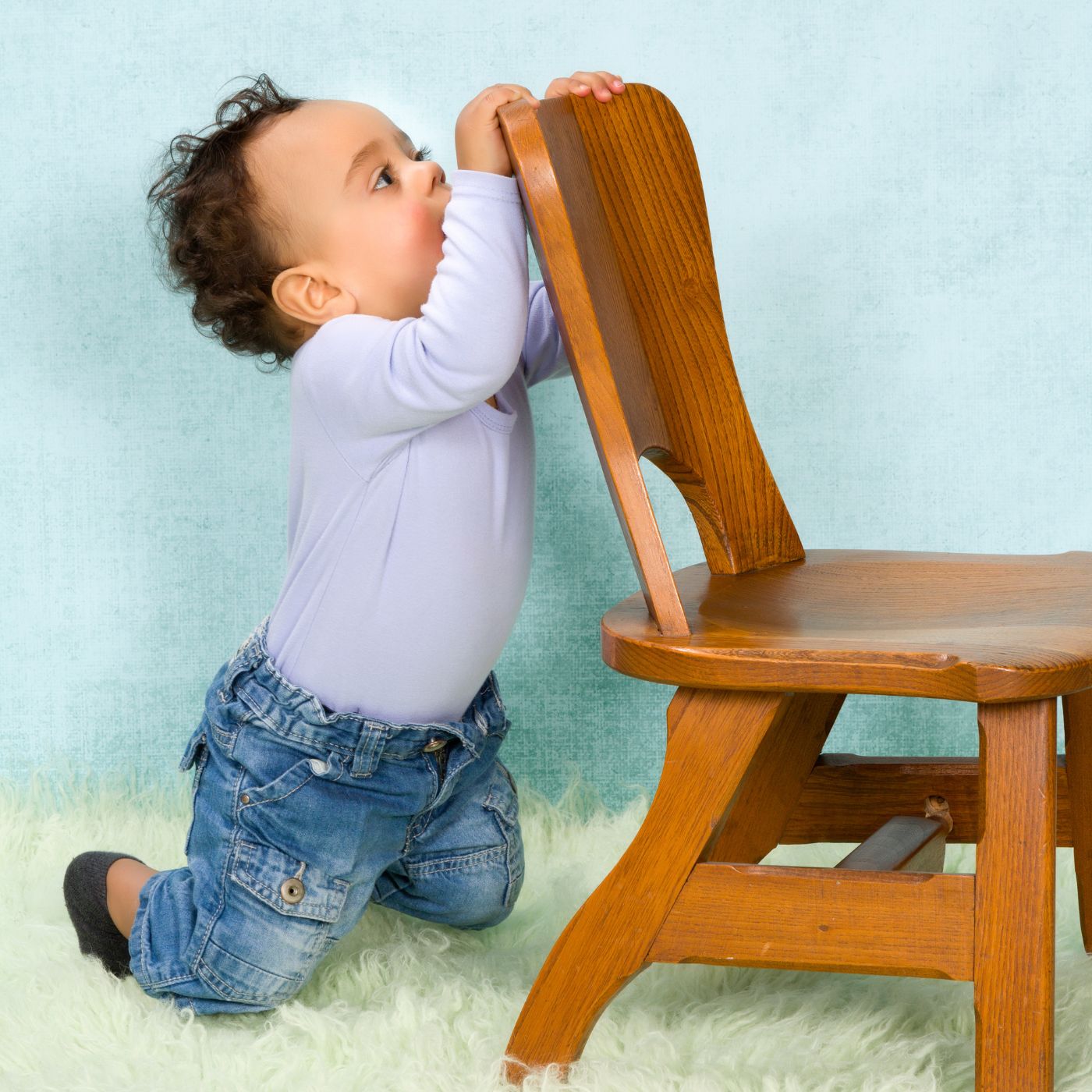
6-9 months Motor Development
How You Can Help Your Baby Thrive
- Baby-proof your home, giving your baby safe places to explore. For example, move sharp or breakable things out of reach and lock away medicines, chemicals, and cleaning products.
- Place your baby close to things that she can pull up on safely.
- Practice safe finger-feeding.
- If you notice your baby is making an attempt to crawl or walk, non-slippage socks with friction at both the bottom and the front of the sock can help.
- A PortaPlay can help your baby practice standing while playing with stationery toys attached to the table.
- At 9 months depending on your baby's individual development, they may benefit from a walker.
6-9 Months Sensory Development
Your baby will be able to better focus on objects with her eyes, she'll be keen to make sounds by banging two objects together. Additionally, by 6 months, your little one will have added solid foods to her diet, opening a whole new world of sensory exploration. Expect spills—learning is messy and fun.
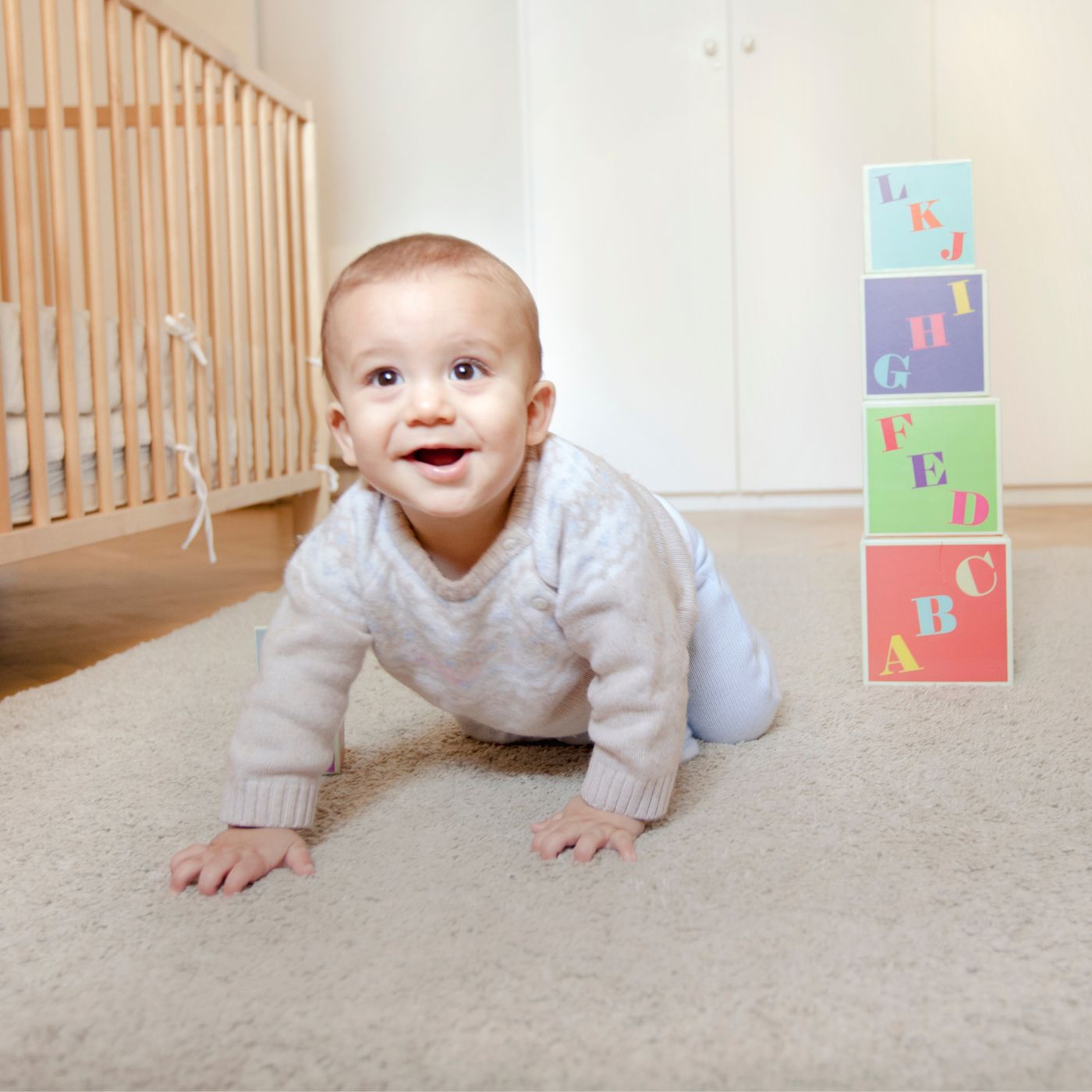
6-9 months Sensory Development
Milestones
Sight:
- Your baby will be able to focus their eyes on small objects with improved eye muscles. She'll also develop a perception of depth and therefore can be afraid of heights and falling. By 9 months your baby can not only see a change in floor level, but also understand that it's scary though their desire to move may be stronger than their fear if left to their own devices.
Hearing:
- Your baby will turn towards familiar sounds and voices, and they'll want to make sounds themselves by for example banging things together.

6-9 months Sensory Development
How You Can Help Your Baby Thrive
Sight:
- Show your baby age appropriate flash cards to help her develop more focus in her vision.
- At 6 months it's recommended that babies start wearing sunglasses (prior to that, infants should be kept out of the sun as much as possible).
Hearing:
- Give her toys she can bang together.
- Avoid loud places to protect your baby's hearing, but if you must take her, be sure to protect her ears with noise cancelling baby earmuffs.
Taste/Touch:
- Get your baby a feeding chair.
- Let your baby practice feeding herself with his fingers and using a baby friendly cup with a small amount of water. Find out about choking risks and safe foods.
- Help your baby get used to foods with different tastes and textures. Foods can be smooth, mashed, or finely chopped. Your baby might not like every food on the first try. Give her a chance to try foods again and again.
Sources
https://www.cdc.gov/ncbddd/actearly/milestones/milestones-9mo.html
https://www.whattoexpect.com/first-year/playtime/object-permanence-in-babies/
https://kiddieacademy.com/blog/parenting-resources/why-we-teach-baby-sign-language/
https://www.whattoexpect.com/first-year/baby-sign-language/
https://www.rightbraineducationlibrary.com/post/2017/05/03/5-types-of-baby-flash-cards-you-need












